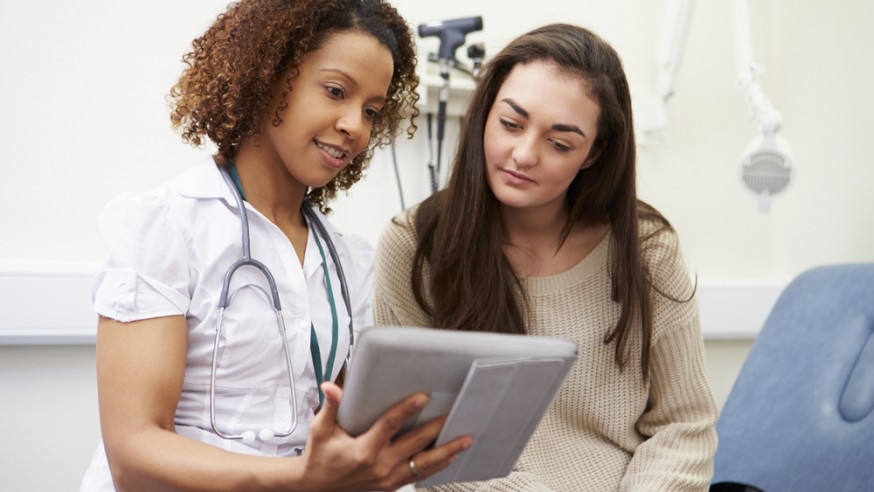Telemedicine, also known as telehealth, is broadly defined as using technology to receive or give health care at a distance. In practice it offers many tools to help patients better manage their own lives. As new innovations are made in technology, and in the medical world, new ways of connecting patients with affordable, effective, and convenient comprehensive healthcare are being implemented every day. Let’s take a look at how it’s changing the face of medicine and how these advancements are literally saving lives.

Many Health Care Industries are utilizing Telemedicine
Patients are often surprised by the vast array of telehealth options available to them. Some of the services commonly available to patients include:
- Attending online support groups.
- Communicating directly with health care providers online.
- Having their vital signs monitored remotely. This can include blood pressure, glucose, and other vitals.
- Access to online health information and self-management tools.
- Access to health records.
- Video visits with doctors.
- Online chats with doctors.
Consider this Single Example of Telehealth
To understand how technology is helping improve health and wellness for everyone, let’s consider the various ways in which a person diagnosed with diabetes could better manage their health – without leaving their home – through the use of telemedicine.
- Upload food logs, dosing, blood sugar levels, medications, etc. via mobile phone for review by their medical team who can then respond electronically.
- View online how-to videos to learn how to effectively count carbs and then download an online app that keeps track of carbs for them.
- Use an app to estimate how much insulin is needed, based on exercise level, diet, and other health factors.
- Get quick answers to questions by texting or emailing a nurse or doctor.
- Order medications and testing supplies online.
- Discover the pros and cons of alternative treatments by reading reviews by other diabetics.
- Have reminders sent via text or email when it’s time for a flu shot, exam, and other preventative care measures.
The Power of an E-visit
Some visits to the doctor must be done in person, but others can be done online. These are called e-visits. The patient can type their problem or question in, and is usually then given a series of questions. The messages are sent to the health care provider who can review and send their response. Results can include prescriptions, recommendations for an in-person appointment, or other medical advice. Some doctors also provide e-visits via video conference so patients can speak to them directly.
There are many advantages to e-visits. First, they save the time of both the doctor and the patient. This allows doctors to see more patients and provide better care, and it allows patients to continue their busy lives. E-visits are also life savers for those who live in rural areas or have mobility issues that make it difficult to get to the doctor in person.
Why Personal Health Records Matter
The information about your health that you have control over, and the responsibility to maintain, is your personal health record. It can be as simple as a shot record or a file of medical papers. The biggest drawback to these records is that patients rarely have them when they most need them.
These days electronic personal health record systems – which are commonly referred to as PHR systems – alleviate the problems associated with maintaining current and accurate records. Records are available to patients anytime, from anywhere, with any device that can access the internet, including PCs, laptops, smartphones, and tablets.
PHR systems can literally be the difference between life and death in an emergency situation. Emergency personnel need your vital information, including any diseases or conditions you’re being treated for, the names and dosages of any medications you take, what you’re allergic to, and who your family doctor is. This is all information that may be easy enough to give in normal circumstances, but in an emergency you may find it difficult to get accurate, fast information to them. Being able to access this information via smartphone can give emergency responders the information they need to ensure you’re treated appropriately – and safely.










Comments